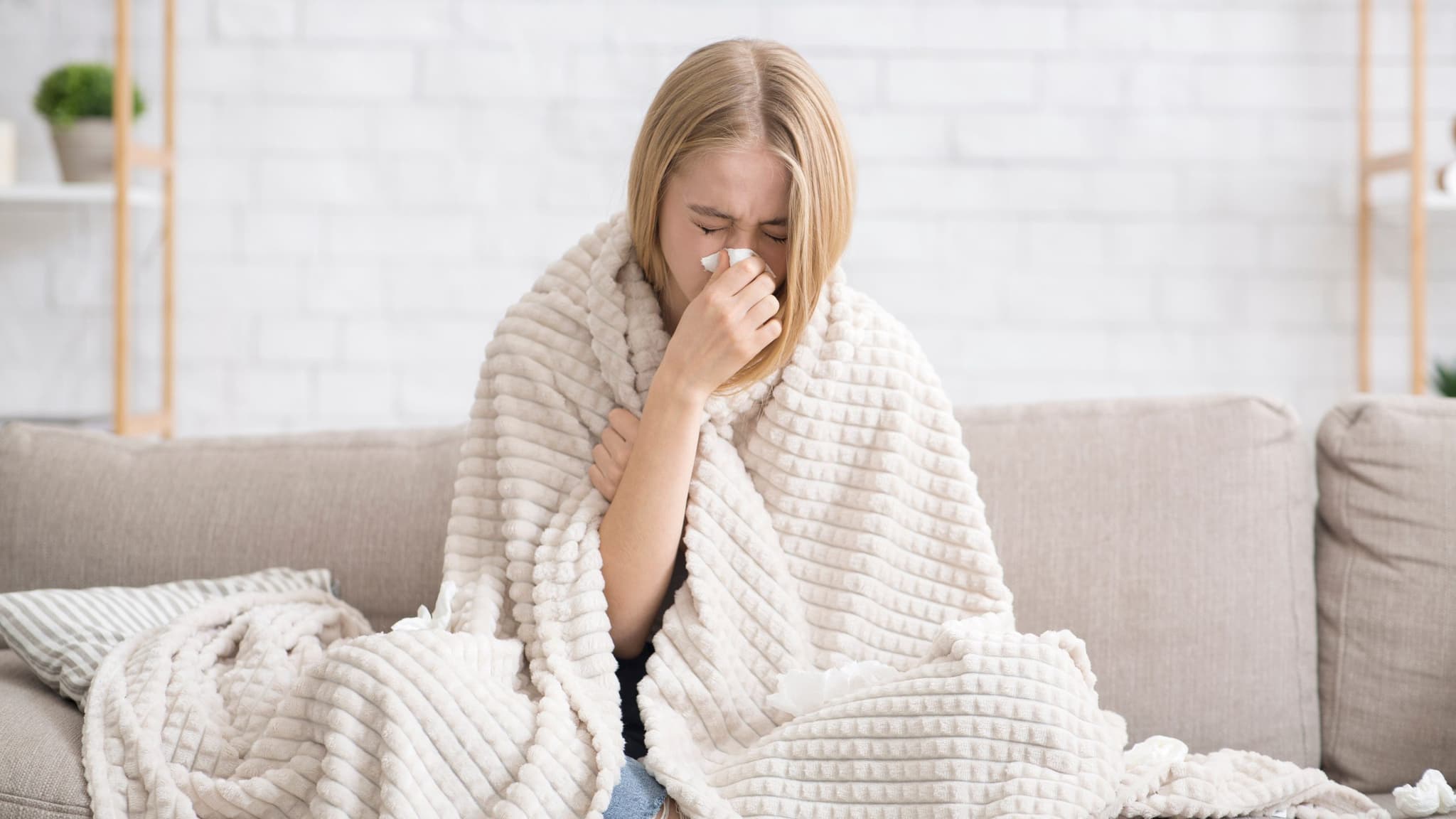
2025-06-10T13:54:10
Understanding Skin Grafts
- Dermatology
- Family Medicine
- Internal Medicine
- Orthopedics
September 6, 2016 | Internal Medicine
Specialties:Internal Medicine

Breathing is easy to take for granted – as an autonomic function of the body, we often don’t realize we’re doing it. Your body requires up to 20 breaths per minute to sustain life. As your lungs expand and contract, they deliver the necessary oxygen to your body while transporting carbon dioxide. Let’s dive into understanding your lungs!
Each breath you take through your nose or mouth travels down the back of your throat and into your trachea, routing oxygen through air passages called bronchial tubes. These tubes pass through the lungs and divide into smaller air passages, called bronchioles, that have tiny air sacs on the ends called alveoli. Your body has over 300 million alveoli surrounded by tiny blood vessels that rout oxygen into your bloodstream. From there, the oxygen travels to your heart for distribution to the cells in every tissue and organ in your body.
As your cells metabolize this oxygen, they produce carbon dioxide. The blood absorbs this waste gas and carries it back to your lungs where you breathe it out with each exhalation. This life-sustaining process is known as “gas exchange.”
It’s important to pay attention to even the slightest wheeze, shortness of breath, or persistent cough. These early warning signs can indicate a serious underlying illness such as asthma, COPD, or pneumonia.
Asthma causes swelling and narrowing of the airways that carry oxygen from the nose and mouth to the lungs. Approximately 25 million Americans (1 in 13) have asthma, including 8 percent of adults and 7 percent of children. Asthma involves an inflammation of the airways in the lungs, making them very sensitive to environmental triggers like allergens, smoke, weather, or chemicals.
Breathing in a trigger causes these airways to swell, constricting the air space in the lungs and tightening the muscles around the airways. This process is called an asthma attack.
COPD, or chronic obstructive pulmonary disease, is a progressive lung disease. It includes chronic bronchitis and emphysema and affects more than 3 million people in the U.S. COPD can cause serious long-term disability and early death, but it is often preventable and treatable.
People with COPD have inflamed and thick airways in the lungs and damage to the tissue where oxygen exchange occurs. This reduces airflow, decreases the oxygen supply to the body’s tissues, and makes it harder to remove carbon dioxide. As the disease progresses and oral or inhaled steroids are often used to treat symptoms and help minimize further damage.
Pneumonia is another lung common infection caused by bacteria, a virus, or fungi. Pneumonia has more than 30 different causes, but “approximately one-third of the pneumonia cases in the United States each year are caused by viruses,” reports the American Lung Association.
The germs responsible for pneumonia cause the alveoli in the lungs to become inflamed and fill with fluid, resulting in the common symptoms of cough, fever, and difficulty breathing. Pneumonia can be mild or severe, and many treatments exist. Healthy people recover in one to three weeks, but pneumonia can be life-threatening if it leads to a systematic infection. The good news is that pneumonia can be prevented by following the tips below.
The American Lung Association offers five essential tips to understand how to safeguard your precious lungs and improving their capacity:
1) Don’t smoke. Smoking causes chronic inflammation in the lungs and is the leading cause of COPD and lung cancer.
2) Prevent infection. Practice good hand and oral hygiene, avoid crowds during flu season and get an annual influenza vaccination.
3) Avoid pollutants. Secondhand smoke, chemicals, radon, and outdoor air pollution can cause and worsen lung disease.
4) Exercise regularly. Aerobic exercise and specific breathing exercises can help improve your lung capacity.
5) Eat the right foods. Eating foods rich in fiber, whole grains, lycopene, and antioxidants can help improve your lung health. These foods include berries, tomatoes, beans, quinoa, and spinach. Avoid sugary drinks, processed meats, and foods with excess sodium.
Are you in need of a respiratory check? It doesn’t hurt to visit a physician to check your lungs, even if you think you don’t have any health issues. The Revere Health Pulmonology team offers specialized treatment options for asthma, COPD, chronic and shortness of breath.
WRITTEN BY:
The Live Better Team

2025-06-10T13:54:10

2025-01-09T10:36:36

2024-12-05T17:05:06

2024-11-18T13:50:57
This information is not intended to replace the advice of a medical professional. You should always consult your doctor before making decisions about your health.